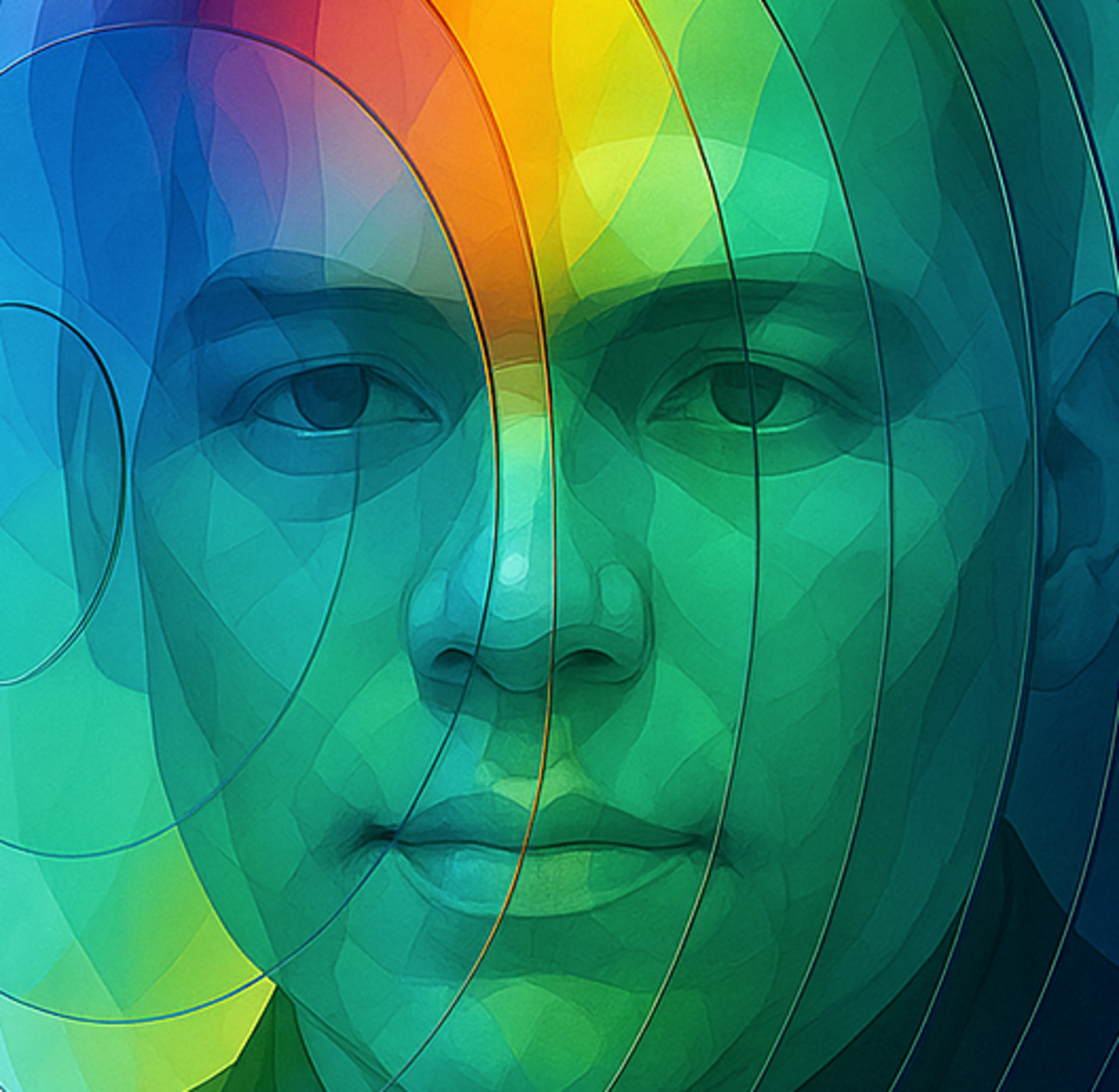- Pascal's Chatbot Q&As
- Archive
- Page 61
Archive
GPT-4o: Only 10% of companies have "very advanced" AI maturity. Given AI’s rapid adoption, a higher number was expected. Only 49% of companies measure AI ROI.
Larger companies ($1B+) are the least likely to have an AI council. While expected to be leaders, many still lack AI governance structures.

GPT-4o: If U.S. courts reject fair use defenses in AI training cases, there could be an incompatibility between U.S. and EU AI copyright laws.
Even if licensing deals expire, AI models retain and benefit from extracted content, creating an unfair market dynamic. The report argues that opt-out regulations flip copyright law on its head.

GPT-4o: If Microsoft is taking active steps to combat piracy of its own software using AI, there is a strong case for it to also: Train LLMs Exclusively on Licensed Data, Assist Rights Owners in...
...Fighting AI-Related Piracy, Apply Anti-Piracy AI to Content Owners' Needs. If it enforces licensing for its own products, it should set the same standard for AI training and outputs.

GPT-4o: The report highlights that major AI companies (e.g., Meta, OpenAI, Microsoft, Apple, and others) have used pirated content to train their generative AI models.
Sources of pirated content include classic pirate sites such as LibGen, Z-library, Anna’s Archive, Watchseries, OpenSubtitles, and shadow libraries.

GPT-4o: AI-driven search engines have introduced an existential crisis for digital publishers. AI search engines risk turning high-quality journalism into an uncompensated data source.
By summarizing and presenting information within AI interfaces, these platforms divert traffic, reduce revenue, and threaten the sustainability of journalism.

GPT-4o: The most plausible concern is that Musk is using his corporate and financial power to position himself as an unelected but highly influential power broker within the U.S. government...
...leveraging his control over key infrastructure (communications, finance, AI) to shape policy outcomes. Further scrutiny is warranted...

GPT-4o: DOGE’s actions in this case were not just incompetent but dangerously reckless. Grok: DOGE appears incompetent in its application of cost-cutting measures to the NNSA.
Grok: DOGE’s actions in this case demonstrate incompetence through a combination of unpreparedness, misjudgment, and a misapplication of private-sector tactics to a critical public-sector role.

GPT-4o: This could contribute to a form of "linguistic colonialism," where Western preferences dictate acceptable ways of speaking.
Employees may feel alienated, self-conscious, or even ashamed of their natural accents. It raises issues of autonomy and consent. There are transparency concerns towards customers who may be unaware.

Grok: X comes off as a platform trying to prioritize freedom of speech but stumbling over execution. The frequent mid-tier gripes (downranking, reply hiding) chip away at the “unfettered speech” vibe
It’s a “keep the platform humming” thing, with speech caught in the crossfire. If anything’s prioritized, it’s X’s survival (ads, compliance, user retention) over pure ideological purity.

Perplexity: The video "Elon Musk is the Apex White Predator" presents a highly critical and often exaggerated view of Elon Musk.
However, stripping away the hyperbole reveals some valid points of concern regarding safety, government dependence, controversial statements, and unrealistic promises.












